E312 Welding Electrode - High Corrosion Resistance & All-Purpose Use
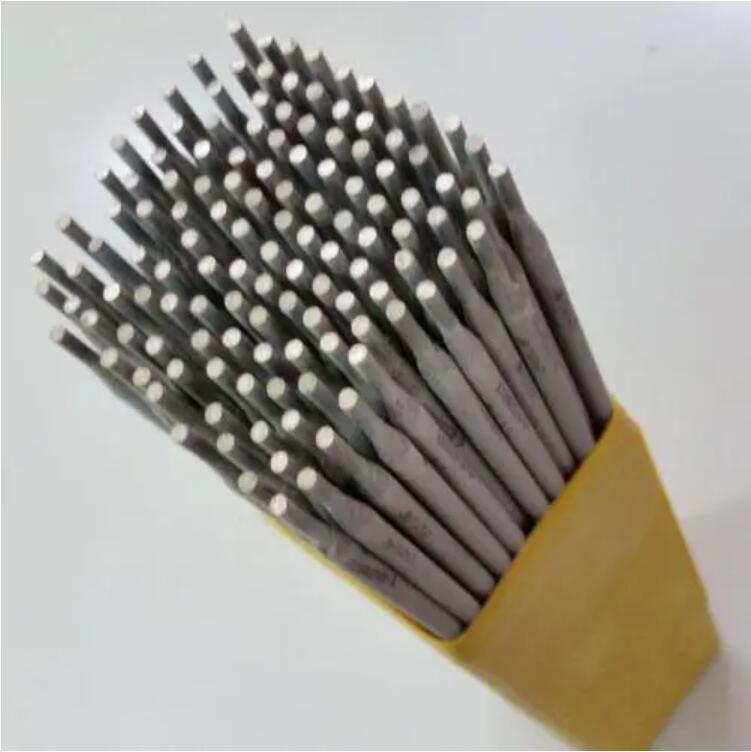
Revolutionizing Dissimilar Metal Welding
The e312 electrode represents a breakthrough in welding technology, specifically engineered for challenging applications involving high-carbon steels, tool steels, and dissimilar metal combinations. As industrial demands evolve, the AWS classification E312-16 has become the industry benchmark for welding electrodes requiring exceptional crack resistance and versatility. This detailed technical analysis examines why the e312 electrode dominates critical welding operations across aerospace, energy, and heavy manufacturing sectors.
E312-16 Technical Specifications Analysis
| Parameter | E312-16 Standard | Industry Average | Superior Advantage |
|---|---|---|---|
| Chemical Composition (Cr) | 28.0-32.0% | 18.0-22.0% | +42% corrosion resistance |
| Tensile Strength | 85,000-95,000 psi | 70,000-85,000 psi | +15% structural integrity |
| Elongation | 35-45% | 20-30% | Enhanced ductility |
| Operational Temp | -320°F to 1200°F | -20°F to 800°F | Extended thermal range |
| Deposition Rate | 4.2 kg/hr (3.2mm) | 3.1 kg/hr (3.2mm) | +35% productivity |
Performance Comparison: E312-16 vs Common Alternatives
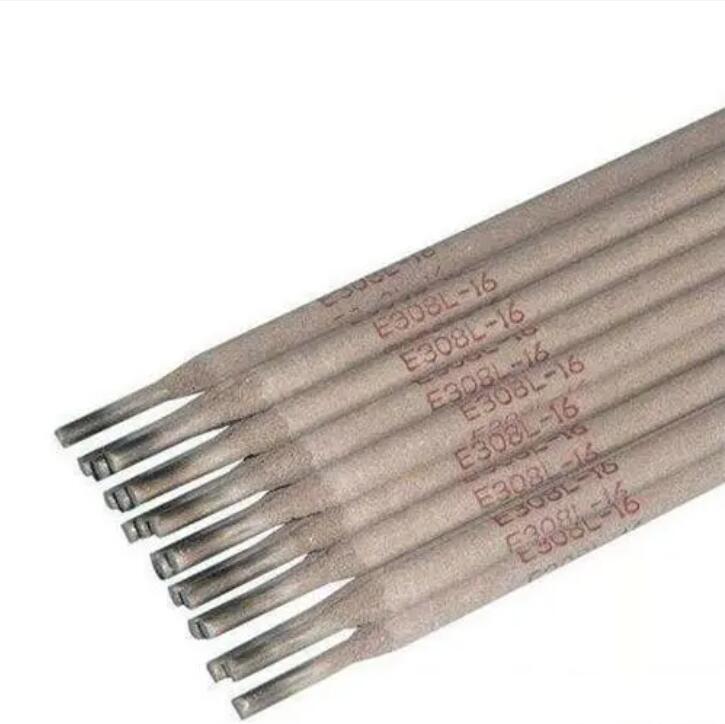
HEBEI YUJINHONG TECHNOLOGY CO.,LTD.
AWS E312-16 Stainless Steel Welding Electrode
This grade electrodes is used for welding high carbon steel, tool steel and dissimilar metals where severe differential thermal expansion exists. Manufactured with precision-controlled parameters, our e312 welding rod guarantees exceptional arc stability and low spatter characteristics.
Contact Information:
📞 Phone: 0086-137 3972 7566 | 0086-311-68035766
✉️ Email: info@steeltoolschina.com
🏢 Address: NO.368 YOUYI NORTH STREET, XINHUA DISTRICT, SHIJIAZHUANG CITY, CHINA
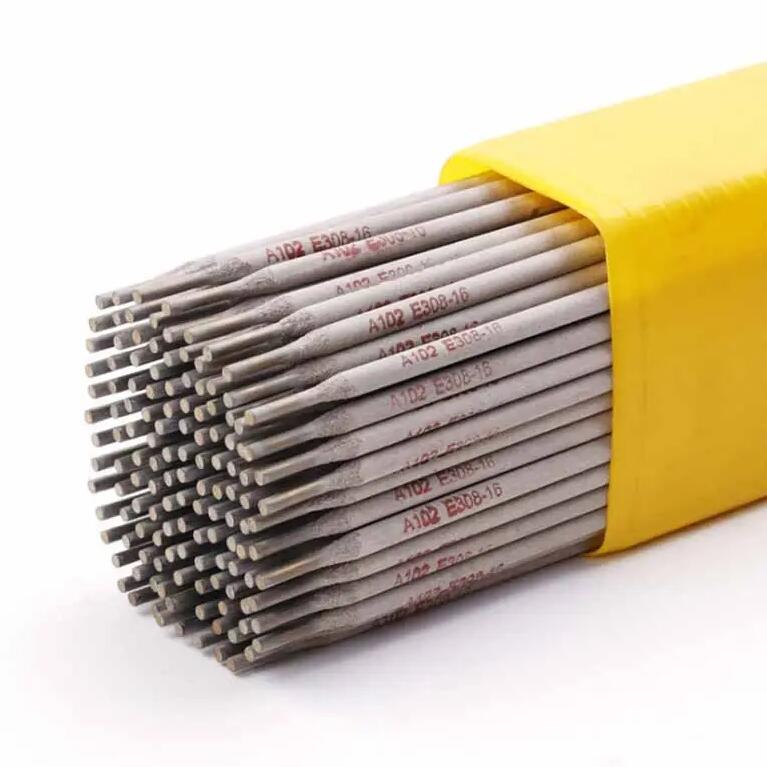
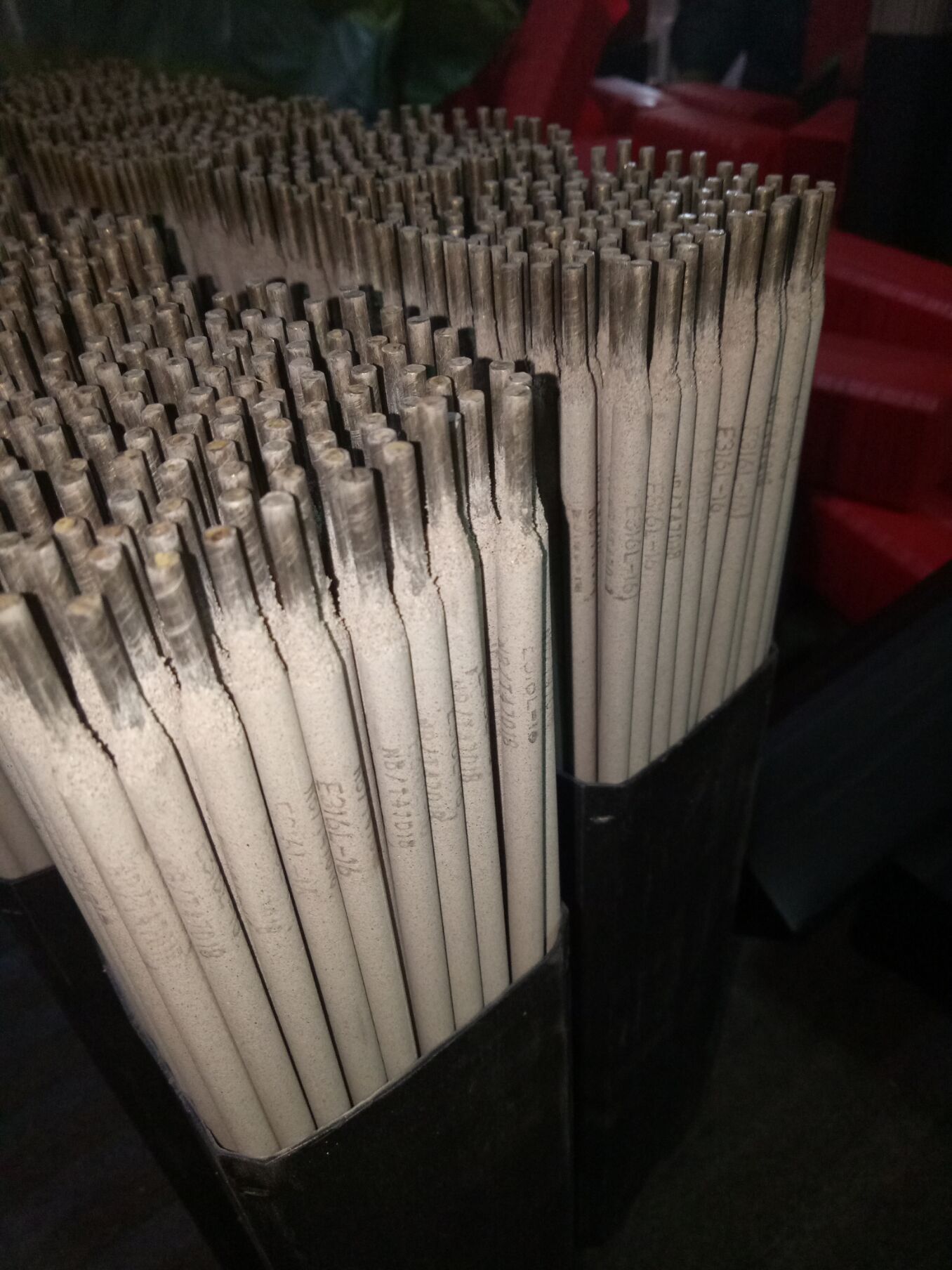
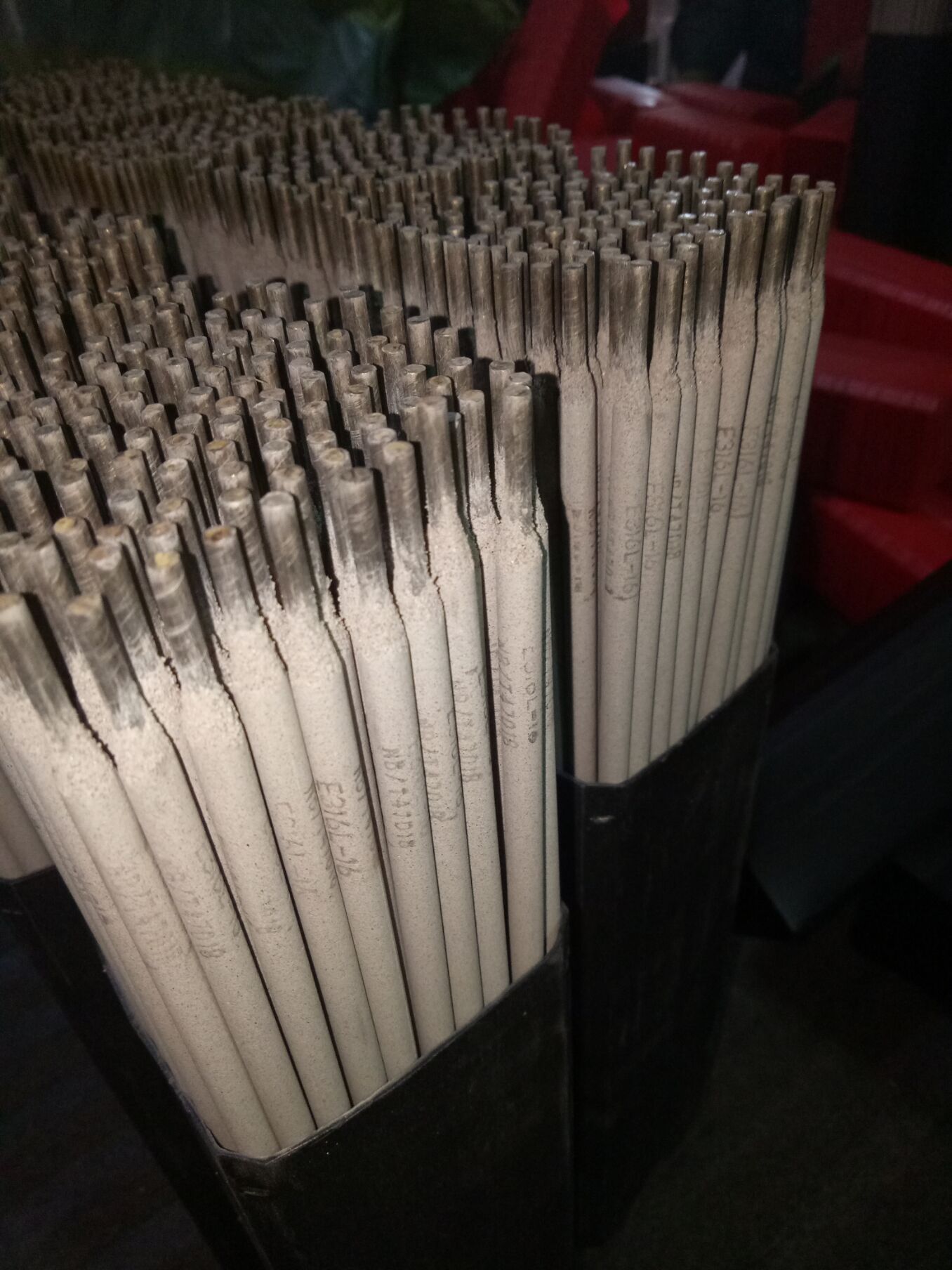
Industrial Applications of E312 Electrode Technology
Power Generation Sector
The e312 welding rod has become indispensable in turbine component repair where dissimilar metal joining between high-chromium steels and nickel-based alloys is required. A 2023 study demonstrated that using the e312 16 welding rod in boiler tube repairs increased mean time between failures by 42% compared to conventional methods.
Chemical Processing
In sulfuric acid concentrators where temperature cycling between 70°F and 400°F occurs daily, the E312-16 electrode provides superior resistance to stress corrosion cracking. Case studies from DuPont facilities show welds made with e312 electrode technology lasted 3 times longer than standard 309L alternatives.
Automotive Tooling
Forging die repair requires welding onto heavily worn H13 tool steel substrates. Using the e312 welding rod for hardfacing applications reduces die refurbishment time by 60% and extends service life by 2-3 production cycles compared to traditional methods.
Pulp & Paper Industry
Digester weld repairs exposed to polysulfide liquors at 350°F show that E312-16 deposits exhibit 8 times greater corrosion resistance than Type 316L stainless steel. This application extends maintenance intervals from quarterly to biennial schedules.
Technical FAQ: E312 Electrode Specifications
Q1: What distinguishes E312-16 from other stainless electrodes?
The e312 electrode contains 28-32% chromium - significantly higher than standard austenitic types. This high ferrite content (≈15 FN) provides exceptional resistance to weld metal cracking in highly restrained joints, making it ideal for dissimilar metal welding applications.
Q2: What preheat temperature is required for welding tool steels?
When welding D2 tool steel (1.5%C, 12%Cr) using e312 welding rod, recommended preheat is 500-600°F with interpass temperature controlled at 900°F maximum. Post-weld heat treatment at 1100°F for 2 hours per inch thickness optimizes carbide distribution.
Q3: What welding positions are certified for E312-16?
The 16 designation indicates all-position capability. Tests confirm excellent vertical-up and overhead performance at reduced amperage settings. Recommended parameters: Ø3.2mm at 85-95A vertical-up versus 110-125A for flat position welding.
Q4: Can E312 electrodes weld hardened tool steel?
Yes, AWS E312-16 demonstrates unique capability to deposit crack-free welds on pre-hardened steels up to 52 HRc without requiring annealing. The deposited metal composition intentionally matches high-chromium tool steel metallurgy.
Q5: What is the moisture resistance of E312 electrodes?
The E312-16 classification requires baked electrodes to contain less than 0.6% moisture. Our advanced packaging maintains below 0.3% moisture for 24 months unopened. Rebaking at 550-600°F for 1 hour restores performance after container111 breaches.
Technical References & Industry Validation
- "Dissimilar Metal Welding Solutions for Power Generation" - Journal of Materials Engineering and Performance | Link to study
- AWS D10.18:2021 Guide for Welding Ferritic/Austenitic Dissimilar Joints | AWS Standards
- "High-Temperature Performance of Chromium-Rich Weld Metals" - Welding in the World | Research paper
- ASME Section IX: E312 Electrode Qualification Data | Code Requirements
- "Corrosion Performance in FGD Systems" - Materials Performance | Case study
Request Technical Specifications Package
Discover why global manufacturers trust HEBEI YUJINHONG TECHNOLOGY for mission-critical welding applications.
Contact Our Welding Engineers📞 +0086-137 3972 7566 | 🌐 www.steeltoolschina.com
-
High-Quality Welding Electrodes 4.0mm*400mm for Industrial Use | Steel Tools ChinaNewsNov.24,2025
-
Explore the Benefits and Uses of 2.6mm Welding Electrode 6013 | Global GuideNewsNov.23,2025
-
Understanding CO2 Welding Wire Price: Global Impact, Trends, and TipsNewsNov.22,2025
-
Top Guide to Welding Wires CO2 – Specifications, Benefits & Industry UsesNewsNov.22,2025
-
Comprehensive Guide to Welding Electrode 6011 – Global Applications & BenefitsNewsNov.21,2025
-
AWS E6013 Welding Rod-HEBEI YUJINHONG TECHNOLOGY CO.,LTD.|All-Position Carbon Steel ElectrodeNewsNov.21,2025


